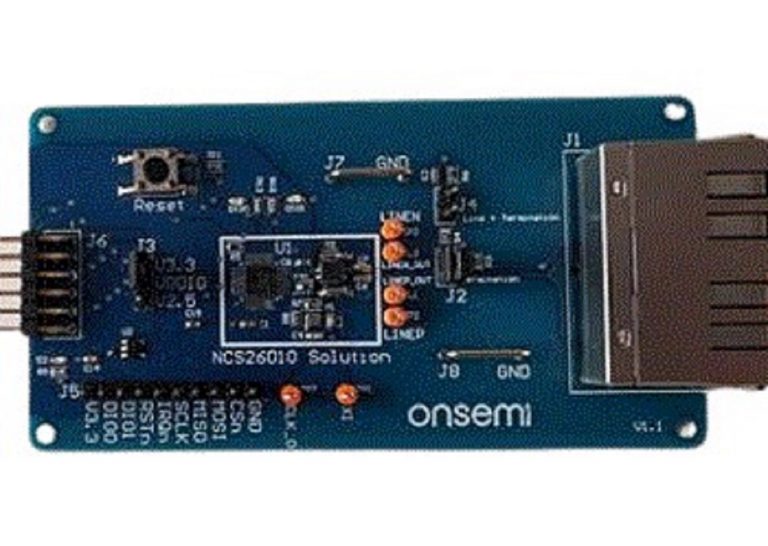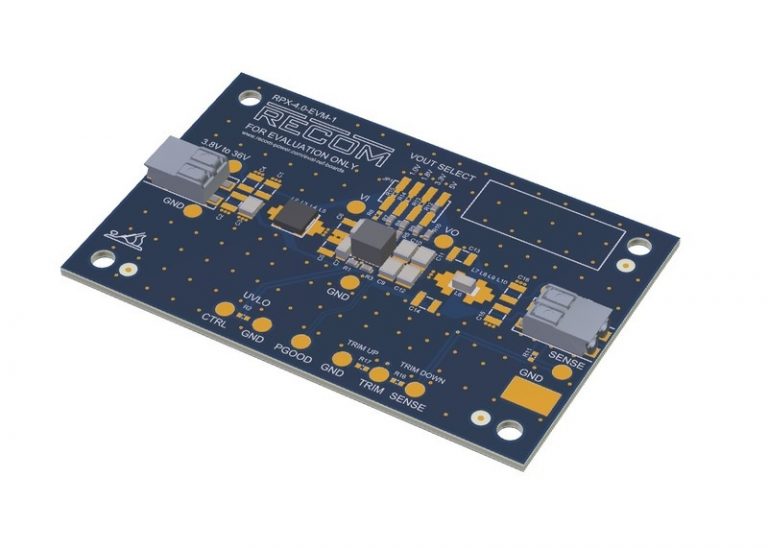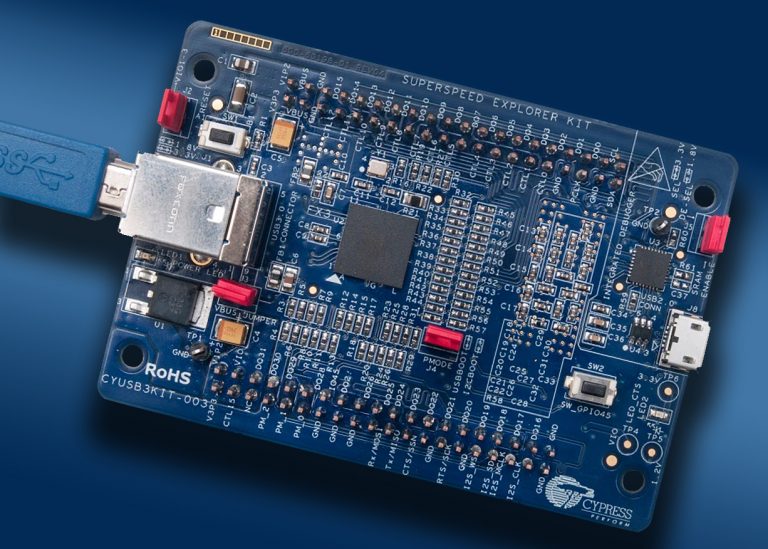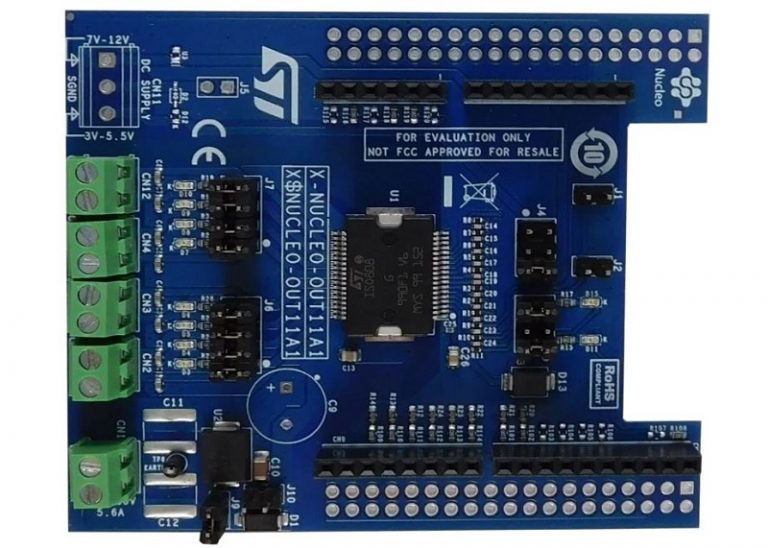FTM 23-vii development boards
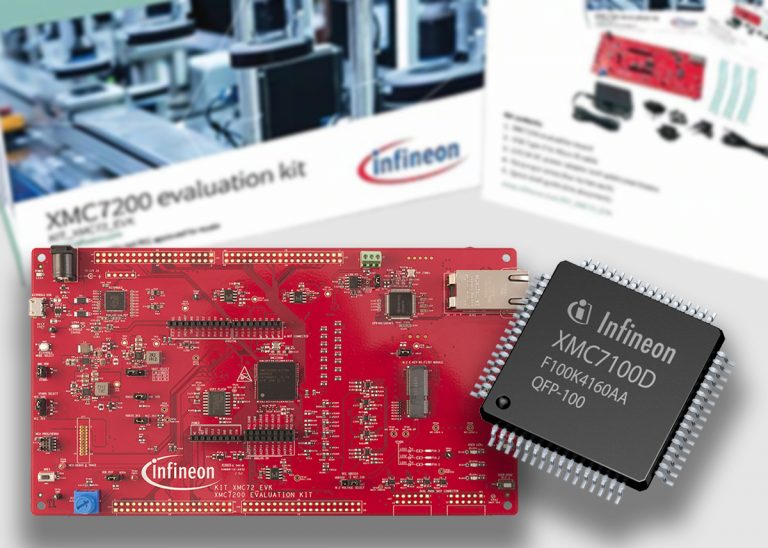
The XMC7200 evaluation kit enables engineers to evaluate the XMC7200D microcontroller, which combines a single or dual 350 MHz Arm® Cortex®-M7 core as the primary application processor and a 100 MHz Cortex-M0+ core for system functions. The XMC7200D for industrial applications is a programmable embedded system-on-chip, offering:
- Low-power operation
- Up to 8 Mbytes of Flash and 1 Mbyte of SRAM
- Gigabit Ethernet interface
- CAN FD interface
- SDHC interface
- Programmable analog and digital peripherals
Infineon ModusToolbox™ software supports application development using the XMC7200 evaluation kit by providing a board support package and validated code examples.
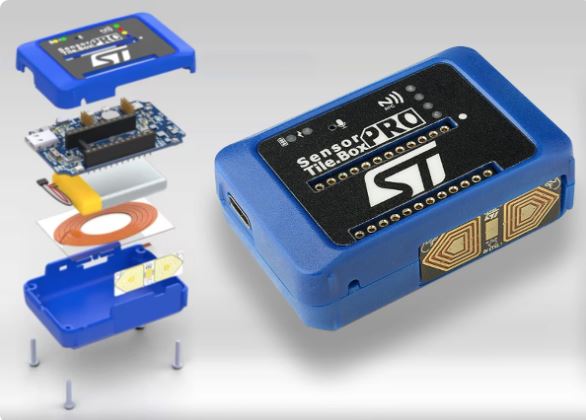
The STEVAL-MKBOXPRO (SensorTile.box PRO) is the new ready-to-use programmable wireless box kit for developing any IoT application based on remote data gathering and evaluation, exploit the full kit potential by leveraging both motion and environmental data sensing, along with a digital microphone, and enhance the connectivity and smartness of whatever environment you find yourself into.
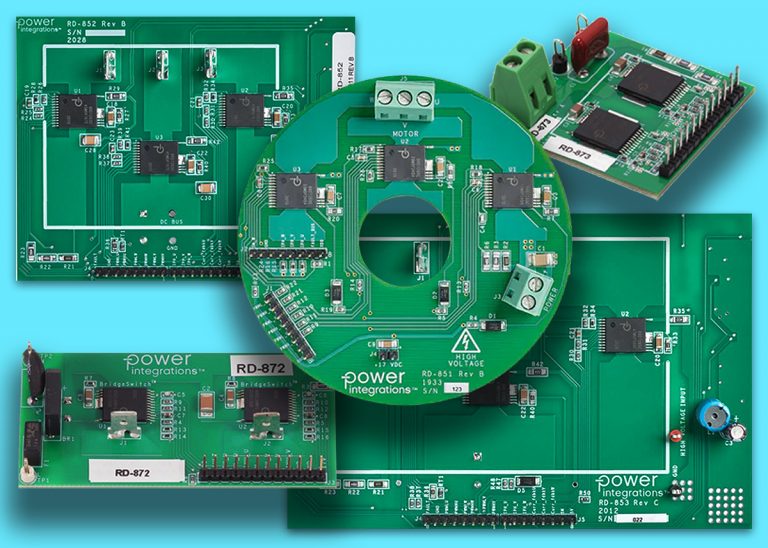
Reference design kits (Click the part number for the specific device)
Part supported: BRD1260C
Kit part number: RDK-851
Reference design for a 50 W, three-phase inverter using the BRD1260C to drive a fan.
Part supported: BRD1263C
Kit part number: RDK-852
Reference design for a 200 W, three-phase inverter using the BRD1263C.
Part supported: BRD1265C
Kit part number: RDK-853
Reference design for a 300 W, three-phase inverter using the BRD1265C.
Part supported: BRD1261C
Kit part number: RDK-872
Reference design for a 70 W, single-phase inverter using the BRD1261C to drive a fan.
Part supported: BRD1260C
Kit part number: RDK-873
Reference design for a 30 W, single-phase BLDC motor inverter using the BRD1260C.
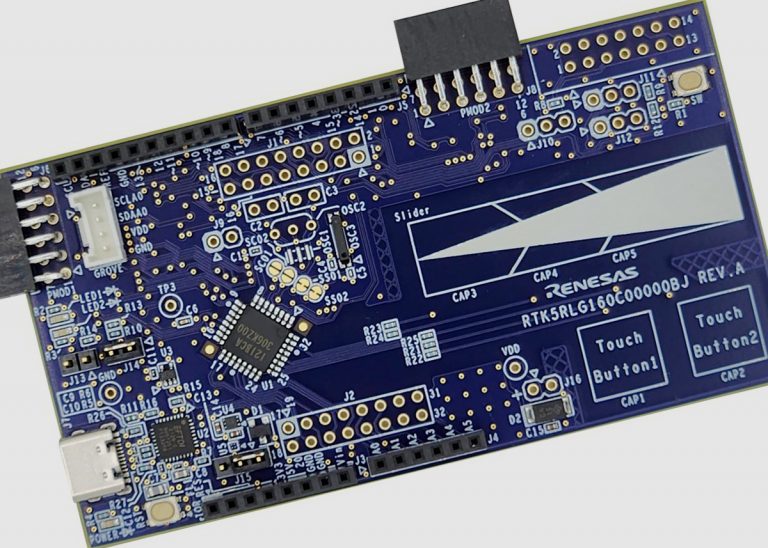
The RL78/G16 Fast Prototyping Board is easy to use – simply plug in a USB cable to write/debug a program and start evaluation without any additional tools.
The board, which is based on a 32-pin RL78/G16 MCU, also enables advanced debugging using the E2 emulator Lite or the traditional E2 emulator. The board is supplied with Arduino Uno, Pmod™ and Grove interfaces, and has high scalability with access to all pins on the MCU. It is equipped with two touch buttons and one touch slider.
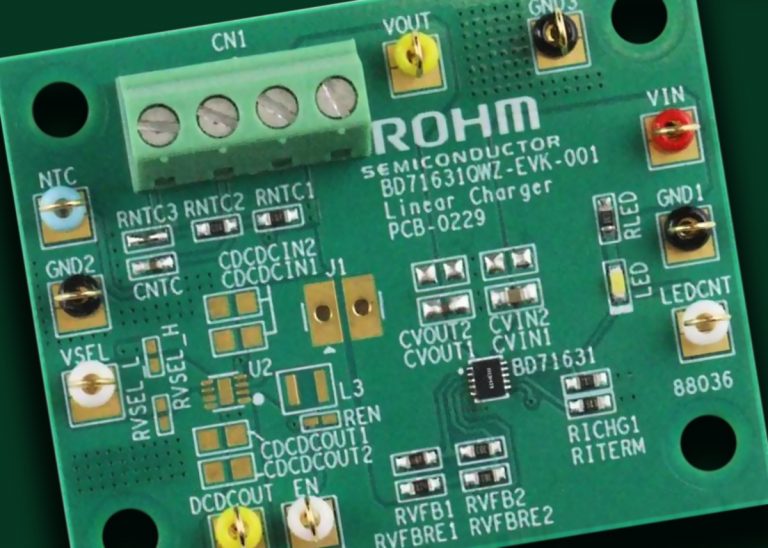
This board is for evaluating the BD71631QWZ, a linear battery charger IC.
The BD71631QWZ accepts a power supply in a range from 2.9 V to 5.5 V, and generates a battery-charging voltage from 2.0 V to 4.7 V, which can be set using external resistors. The charging current and termination current can also be set with external resistors. The BD71631QWZ is compatible with not only single-cell lithium-ion batteries, but also all solid, semi-solid and other new rechargeable battery types that call for low-voltage charging.
The board’s operation is safeguarded by various protection functions implemented in the BD71631QWZ.

The dsPIC33CK Curiosity Development Board is a cost-effective development and demonstration platform for the dsPIC33CK family of single-core digital signal controllers.
The board takes advantage of the Microchip MPLAB® X integrated development environment. It includes an integrated programmer/debugger and requires no additional hardware, making it a good starting point for exploring the dsPIC33C family.
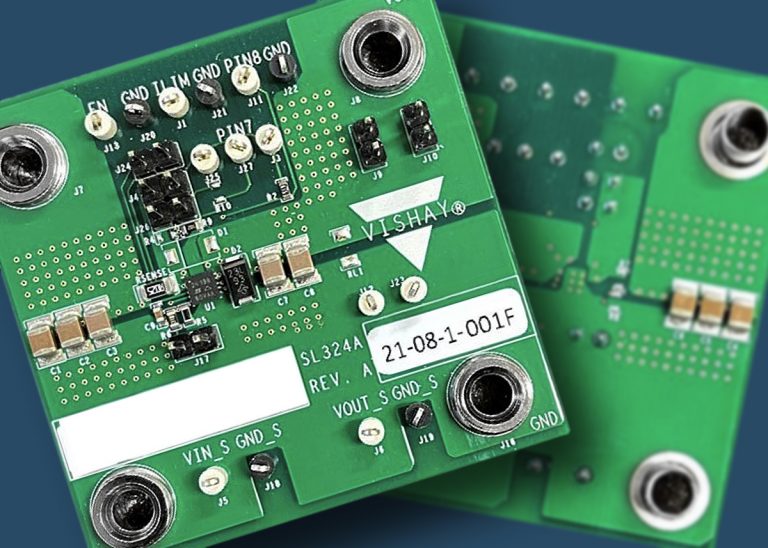
The SIP32433xEVB evaluation boards provide a convenient tool for evaluating the operation of the SIP32433A load switch, with latch off, and SIP32433B with auto retry. Operating from a supply-voltage range of 3 V to 23 V, the boards demonstrate the programmable current-limit range of the two devices, 150 mA to 3.5 A.
The boards provide an input path current-sense resistor for current probing, and an onboard MOSFET for output short-circuit testing.



